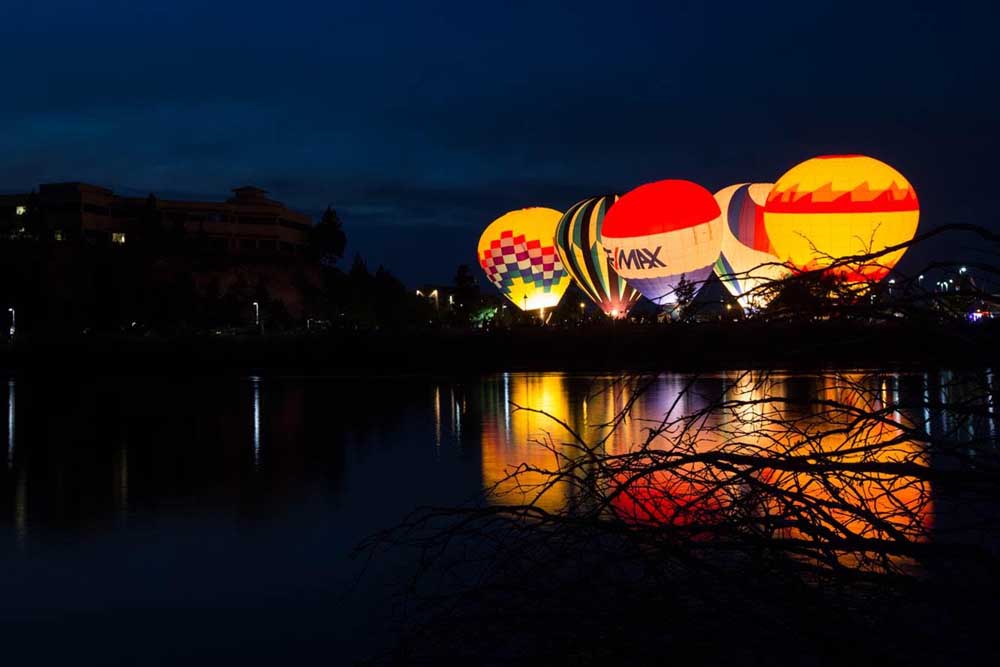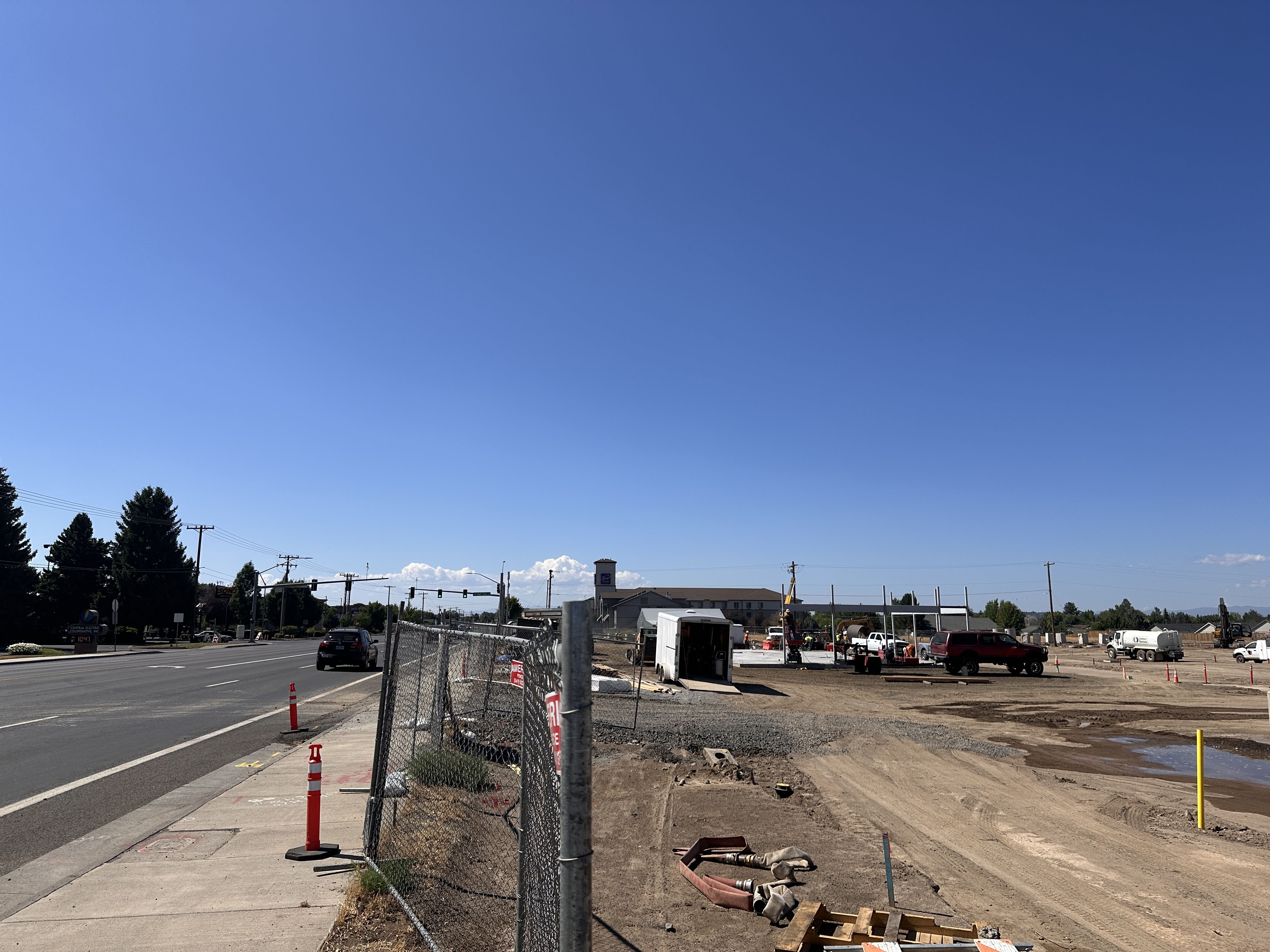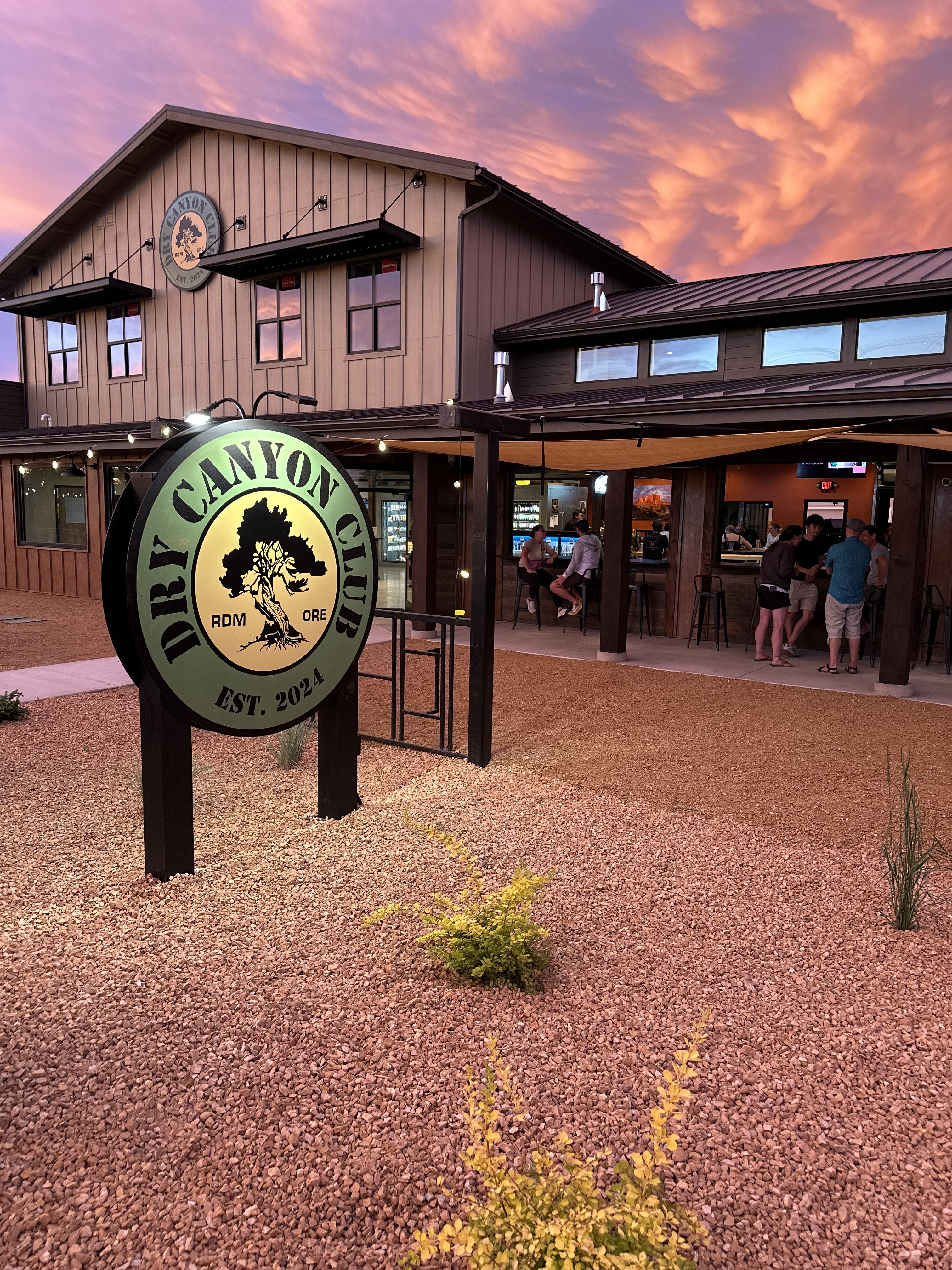Vertrees: Celebrating 50 years of life, growth in Redmond
Published 8:00 am Thursday, January 30, 2025

- FILE- Swim students at Redmond Municipal Pool in the early 1970s.
January marks a significant anniversary month for us. Ginger and I moved to Redmond 50 years ago when the population was less than 5,000 — about an eighth of the current population. We felt welcomed.
Trending
We arrived with a kindergartener and a second grader, and vowed to remain at least until our daughters graduated from high school. The younger graduated in 1987 and we’re still here.
Redmond has changed dramatically, but retains a personality that makes it a joy to live here. It’s no longer a lumber town with two molding plants and a plywood and stud mill. It’s no longer just a wide spot on Highway 97 on the way to Bend.
The spotted owl crisis of the 1980s was the death knell of most of the lumbering, although Brightwood survives as the successor to Whittier Moldings. The recession of the first half of that decade was far worse than the more-remembered setback that began in 2008.
Trending
When we moved here, most of the businesses were locally owned, and major business decisions were made by our friends and neighbors. Several banks, Safeway and Quisenberry’s Department Store were the exceptions. US Bank and Safeway remain.
Four doctors and a handful of dentists practiced here. Central Oregon District Hospital was independently operating on the north edge of town. A few specialists maintained occasional office hours in that facility. Redmond Heights Nursing Home was the lone long-term care facility for the elderly.
Things started to change in the late 1970s. Redmond Auction Yard on Odem Medo Road and the adjacent drive-in theater were torn down when John Overbay from Bend built Wagner’s Square, featuring a Wagner’s Supermarket and a PayLess Drug Store. It wasn’t until 1988 that Bi-Mart built a store nearby, and 1993 when Wal-Mart landed at the city’s southern border threatening the survival of many of those locally owned businesses.
Dairy Queen, A & W and Sno-Cap were our fast-food options. The Brand on the south highway was the only symbol of fine dining. A group of local businessmen surprised local residents when they launched Eagle Crest Resort four miles west of town about 1985. Redmond became a tourist destination, providing the increasing number of rock climbers at Smith Rock State Park with additional accommodations.
Throughout the decades the Redmond Chamber of Commerce became more dynamic. Its members fostered economic development and celebrated when Tektronix leased space in the empty school building which has since become a renovated city hall. When Tektronix built a larger facility in the airport industrial park, other new businesses and industries followed, the beginning of a major diversification.
What’s changed? What remains the same?
Two major facilities that make Redmond stand out are the airport and the fairgrounds.
Roberts Field was ceded to the city by the U.S. Army after World War II. It had a multiplicity of carriers over the years, rarely more than one at a time. Republic Airlines succeeded Hughes Air West. Air Oregon surfaced later. Carriers shared a small terminal on the northeast side of the runways with the Federal Aviation Administration upstairs.
As Redmond and Central Oregon grew, demand for air service increased, and the city of Redmond responded with a “gigantic” new terminal on the southwest side of the runways that opened in 1992. It has since been majorly remodeled and will experience a more dynamic metamorphosis soon. Five airlines provide direct flights to 13 destinations as far flung as Denver, Phoenix and Los Angeles.
When Bend became the county seat of Deschutes County in 1916, leaders ceded the fairgrounds to Redmond as a consolation prize. It occupied a large tract just south of Highland Avenue until 1999 when the current facility was dedicated. The fairgrounds have brought thousands and thousands of individuals to conventions and tradeshows that richly enhance the heritage of the Deschutes County Fair, which has become the largest and best county fair in Oregon.
The New Redmond Hotel has been a centerpiece of downtown Redmond since 1928 when the brick structure replaced an earlier wooden facility destroyed in a fire. The three-story landmark long boasted the only elevator in town. A few small motels also helped fill the need of tourists and business visitors for many decades. Now several well-known national chains fill the much-increased demand.
There are lots of factors that have been responsible for Redmond’s growth and popularity. Construction of the railroad and irrigation canals were an important start. Our climate and four seasons of weather make it livable. We’re not prone to natural disasters other than wildfires that pollute our summer skies.
Good jobs are available. When we moved here, Central Oregon Community College in Bend provided the only higher education opportunity, so most of our college-bound graduates pursued degrees elsewhere. Now they can study at one of several COCC campuses or Oregon State University Cascades in Bend. And they don’t have to move to a metropolis elsewhere for a decent job. The industrial climate here is as attractive as the weather.
On the other end of the spectrum, facilities for older folks abound. Assisted living facilities and downsized housing are abundantly available. The level of sophistication of medical services is outstanding for a community our size, not to mention the additional specialists and services available in Bend as part of the St. Charles Health System.
Families continue to visit and move here, and we continue to welcome them.








